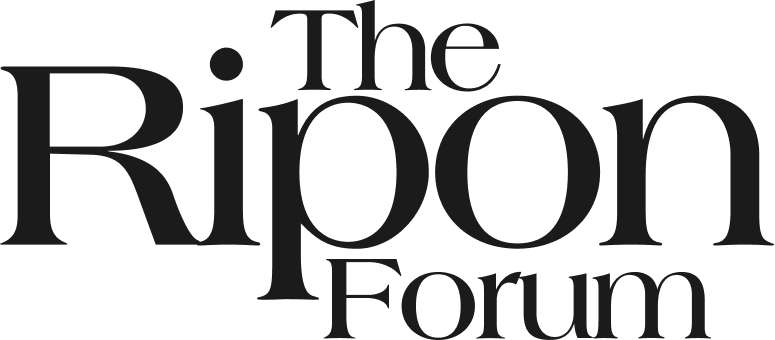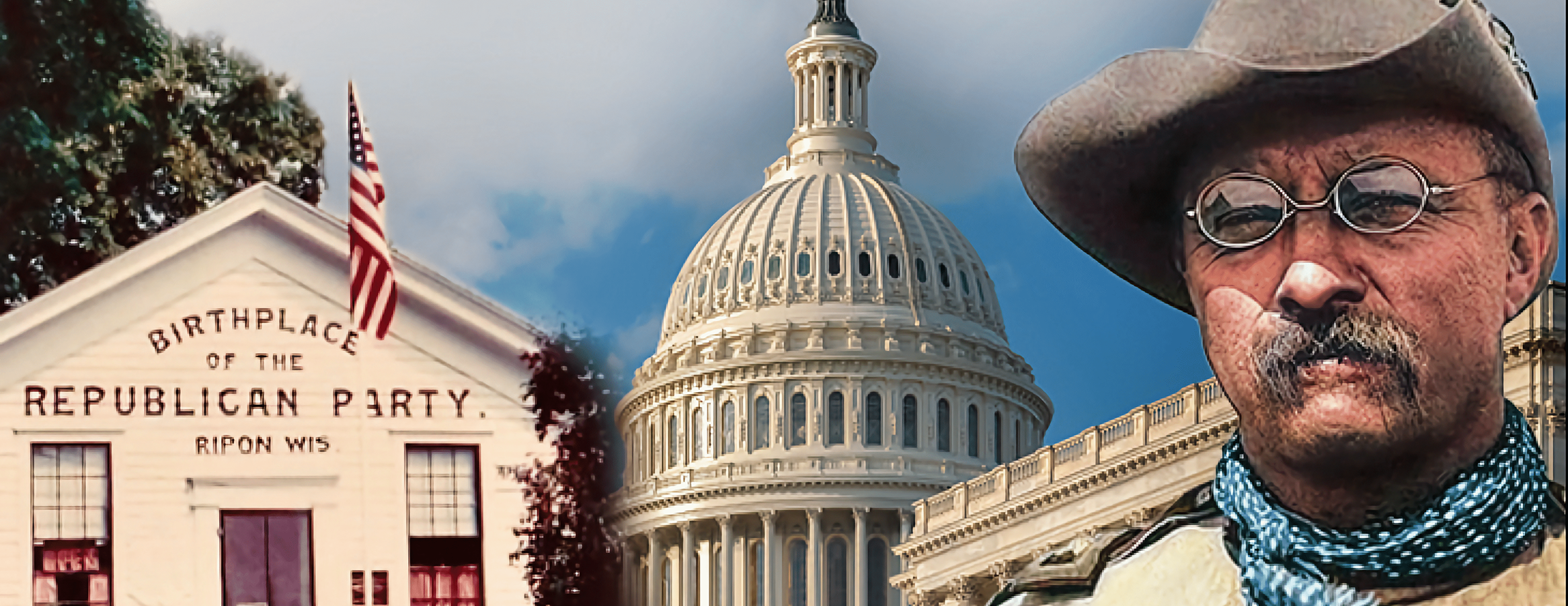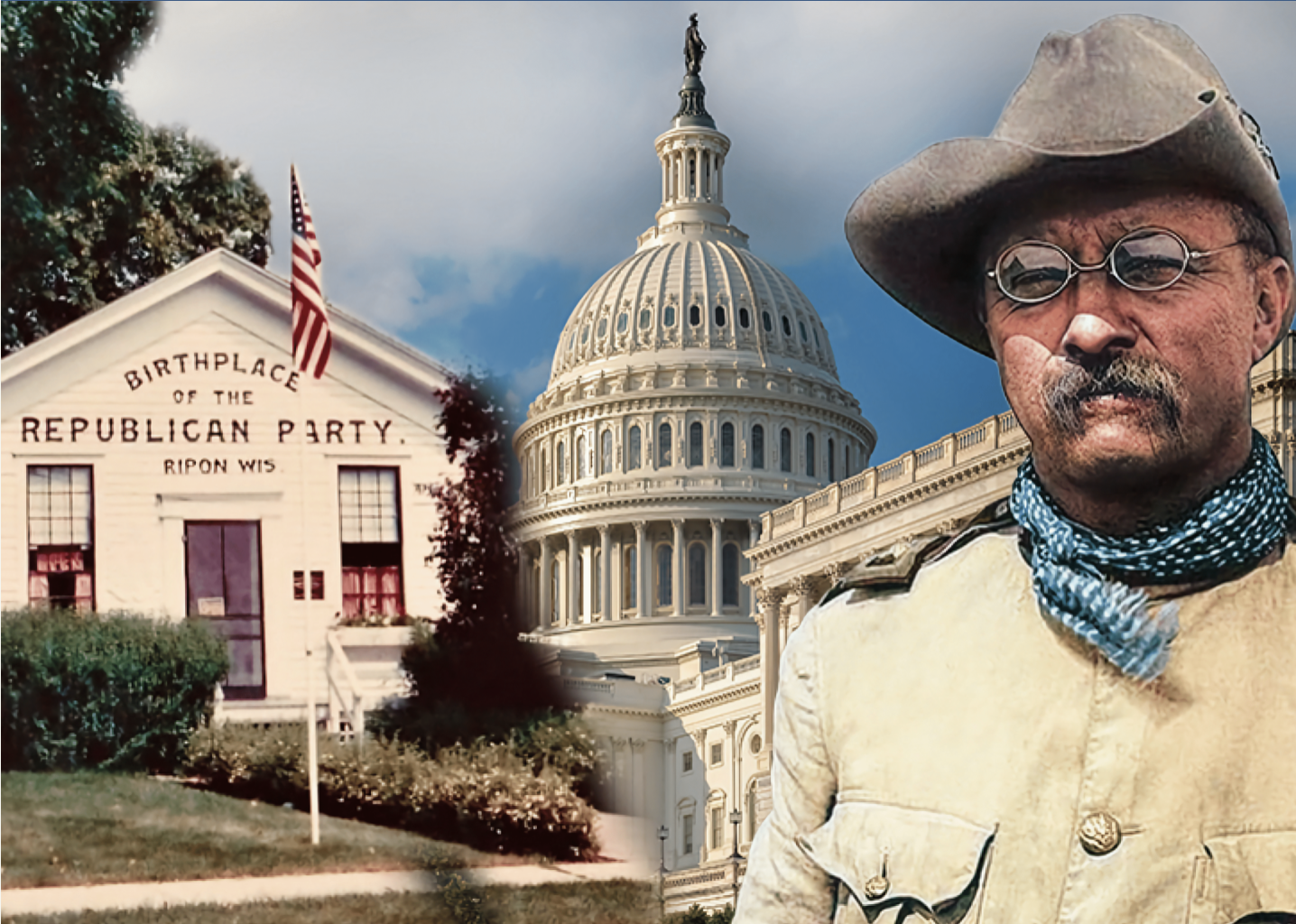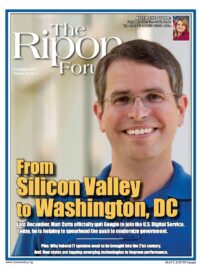 There is a joke that went viral on the internet of a kid seeing a floppy disk and saying, “Oh, you 3-D printed the Save Icon.” Although a joke on the internet, the use of this archaic technology is a reality in the government. The U.S. federal government is one of the last bastions for information technology that was built in a bygone century – some of it approaching 50 years old.
There is a joke that went viral on the internet of a kid seeing a floppy disk and saying, “Oh, you 3-D printed the Save Icon.” Although a joke on the internet, the use of this archaic technology is a reality in the government. The U.S. federal government is one of the last bastions for information technology that was built in a bygone century – some of it approaching 50 years old.
Now, more than ever, the time is ripe to bring the federal government into the digital era and modernize information technologies that enable government operations. The reasons, as well as the improved outcomes for government missions, citizen services, and for the taxpayer, are vast, which is why it can no longer be overlooked.
The top reason why we should modernize government IT is that government can no longer protect the information and data about citizens in its networks without modernizing. The Office of Personal Management breach of over 21 million individual records exposed just how weak the protections are on some government networks.
Since that time, there has been a widespread realization that change is a necessity and many of the efforts undertaken by the government are focused on improving IT. President Trump acknowledged the urgency of addressing these cyber weaknesses and threats by making IT modernization a priority and acknowledging that it is a means to achieving a more secure technology state in the federal government.
The government spends over $90 billion dollars each year that can be directly linked to information technology. Sadly, the GAO has found that around 80 percent of those funds are spent just operating and maintaining the systems we already have in place.
This focus is a centerpiece of the recent Report to the President on Federal IT Modernization, which starts the departmental and agency modernization effort with a focus on enhancing cybersecurity and migrating government data and IT capabilities to cloud computing.
In addition, we can no longer afford to pay for the legacy systems we have in place today. The government spends over $90 billion dollars each year that can be directly linked to information technology. Sadly, the Government Accountability Office has found that around 80 percent of those funds are spent just operating and maintaining the systems we already have in place. This leaves little funding for improving security, leveraging the vast data sets the government possesses, reforming business processes for better citizen outcomes, or securing our nation and homeland with more modern technology with greater capability.
The dysfunctional Congressional appropriations process has contributed to this state of government IT in an outsized way, as well, failing to appropriate dollars in a timely fashion and locking agencies in a perpetual cycle of only operating and maintaining those systems they already own. As a result, developments in information technology have left government behind because there has been insufficient funding stability and flexibility to keep up with the pace of innovation.
Fortunately, in the last few years we’ve seen a noticeable increase in interest shown by members of Congress in the topic, and there appears to be a shift in thinking to find new ways to incentivize and enable agency abilities to modernize IT. The most prominent of these efforts is the Modernizing Government Technology (MGT) Act. The innovative proposal allows for the creation of new working capital accounts that are funded by the efficiencies and savings the agency generates in any given year. In other words, when an agency innovates and saves money, the savings can be kept in the agency and used for modernization and upgrading cybersecurity.
The dysfunctional Congressional appropriations process has contributed to this state of government IT, failing to appropriate dollars in a timely fashion and locking agencies in a perpetual cycle of only operating and maintaining those systems they already own.
More so, improving citizen services and the outcomes those enable is an important driver for modernizing IT in the government. Have you ever stopped to compare the experience you have interacting in a digital way in your daily life with the experience people have interacting with their government? Think about the digital experience people enjoy today with their financial institution, where they can access information about their financial status on a real-time basis, apply for a loan, transfer money, deposit a check or pay bills instantly. Now think about the last time someone you know had to apply for a student loan or other benefits with the federal government. The experiences are worlds apart.
Expectations are changing and, frankly, government must modernize to keep up with the demands of citizens for a better taxpayer experience. We should identify new requirements for government IT, such as real-time mobile access to data or services, and then move to modernize government IT to meet those expectations. These kinds of changes will be some of the hardest, as it will involve examining how agencies provide the services they offer and bringing about improvements to the way they are offered. All this means asking people to change. But, the possibilities for improved outcomes far outweigh any reasons we may find for adhering to paper-based processes and the limited, unsatisfying outcomes they can offer.
IT modernization in the federal government is the pathway to better cybersecurity, more efficient investment and use of taxpayer dollars, and better citizen services outcomes. It is the foundation for technological advances that deliver better, more efficient, health care, improving transportation and energy consumption while driving improved conservation and environmental sustainability, and delivering better education and employment opportunities to all corners of America. For all these reasons, and the possibilities they offer, the time for government IT modernization is now.
Trey Hodgkins is the Senior Vice President for Public Sector of the Information Technology Industry Council, which represents the biggest technology companies across the globe.




